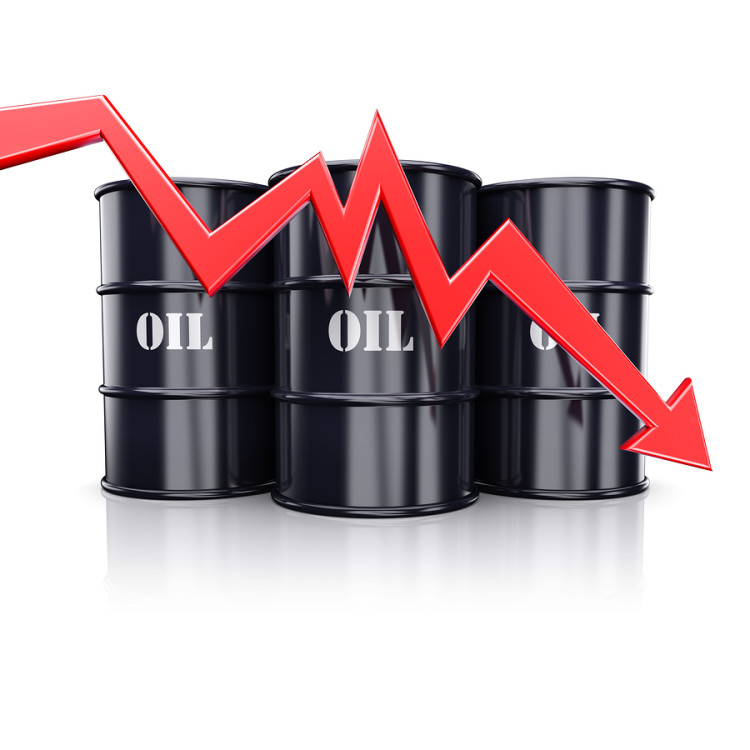Energy Under Attack: Two Incredible Weeks

by David Reavill October 6, 2022
It’s nearly impossible to believe, but in less than two weeks, our energy outlook has changed dramatically, and not for the better.
It all began last Monday when a wanton act of terror destroyed both Nordstream I and II. These pipelines were the principal energy source for the continent, capable of delivering 3.9 billion cubic feet of natural gas from Russia to Europe annually. Germany relies on clean burning Russian Natural Gas to heat up to 40% of their homes in the winter.
The United States has promised to provide Liquid Natural Gas shipped in tankers across the Atlantic. But even under the most optimistic projections, these LNG shipments will give only a fraction of what the Nordstream Pipelines were supplying. With this source of Natural Gas removed, Europe must now look elsewhere for a replacement.
Germany, in particular, will be hard-pressed to find other, more expensive power sources. The alternatives are few and far between. And with Germany’s current policy of shutting down coal and nuclear power plants, it doesn’t appear that they have any home-grown solutions.
The outlook for Germany’s industrial base looks grim.
But this desperate bid by Germans to find additional energy sources beyond their borders will impact us all. Oil, in particular, is a global commodity, and its price is set worldwide. As Germany desperately reaches for supply, their demand will drive costs higher for everyone.
Ian was a tragedy on so many levels. Just three days after the Nordstream catastrophe, Hurricane Ian struck Florida. However, this massive storm had been wandering through the Caribbean and the Gulf of Mexico for days. As of this report, 100 people have died in Florida alone. Combined with the massive property damage, Ian will be one of the most devastating storms ever to hit the mainland.
As traumatic as Ian was when it reached land, it was equally damaging to the offshore oil wells in the Gulf of Mexico. The Gulf is one of the nation’s principal petroleum production areas, producing nearly 12 million barrels of oil a week. The southern States rely on this energy source to supply gas and energy used throughout the South.
Ian’s most recent damage estimate is that up to 94% of the Gulf’s infrastructure is offline. And it may remain offline for up to a month. But the fact of the matter is that these are only estimates. We won’t know the real damage until divers and other workers can get back on site and survey the situation. Then we’ll see the full impact of Ian on American power.
Just yesterday came the third blow to America’s and the World’s energy outlook. OPEC, the Organization of Petroleum Exporting Countries, voted to reduce their oil production by two million barrels daily. This vote came just weeks after President Biden had traveled to Saudi Arabia, asking them to increase, not decrease, their oil supply. Yesterday’s decision by OPEC is a major setback to American energy diplomacy.
The Saudis will cut back their production by half a million barrels, as will the Russian Federation. Together these two countries represent half of the total OPEC reduction.
It’s easy to see the oil producers’ point. Like any seller, OPEC is attempting to maximize its profits. The year began with the OPEC Benchmark at $117 a barrel. Today it’s at $91 a barrel, a 22% reduction in just over nine months.
The problem is OPEC has virtually no competitors. The United States, which for one brief moment was the World’s largest producer of oil, is now producing just 12,000 barrels a day. Down a thousand barrels per day since President Biden took office. And it looks like American oil production will continue to decline under these current energy policies.
It has been one incredible event after another. First, Terrorists destroyed Nordstream Pipelines. Then Hurricane Ian knocked out the Gulf of Mexico Production for a month or so. And finally, OPEC took 2 million barrels of oil off the market.
All this in just ten days.
It is one of the most remarkable turnarounds for an industry with a history of significant turnarounds.
We face a very uncertain winter due to a remarkable series of events and our continued reliance on others to meet our energy needs.
Today’s Notes
If you think that the US Federal Reserve’s minutes are difficult, look at the latest account of the European Central Bank. The report is from the ECB Meeting of September 7 and 8. It was as if the writer of this document got paid by the word.
Despite being overly verbose, investors have a couple of significant takeaways. First, the obvious, the ECB raised its base interest rate by 75 basis points. And they don’t see this latest rate boost as their final move. As they say, this is not the terminal rate. They indicate that inflation pressure continues, requiring more rate hikes. Additionally, they note the Euro’s position visa vi the US Dollar. With the dollar’s strength continuing in foreign exchange, the ECB must raise rates to defend its currency.
Finally, the ECB has set its “target” inflation rate at 2%, just like the Fed. I find that fascinating and a further indication of the international coordination of the US and European Central Banks.
In other news, after OPEC announced their 2 million per day drop in daily oil production, the oil futures markets are calm today, with West Texas Intermediate, America’s benchmark oil trading unchanged. However, the weekly move in oil has been remarkable. That same West Texas oil is up 10% on the week, while over in Europe, Brent Crude is up 15% on the week.
President Biden appears to be taking a page out of the German playbook on how to deal with suppliers. The President will go before Congress to reduce the Cartel’s influence over oil prices. I didn’t realize that the US Congress’ influence extended quite that far.
David Reavill, financial writer, iconoclast, hiker, Pennsylvania hill country
reavill.ghost.io







No Comment